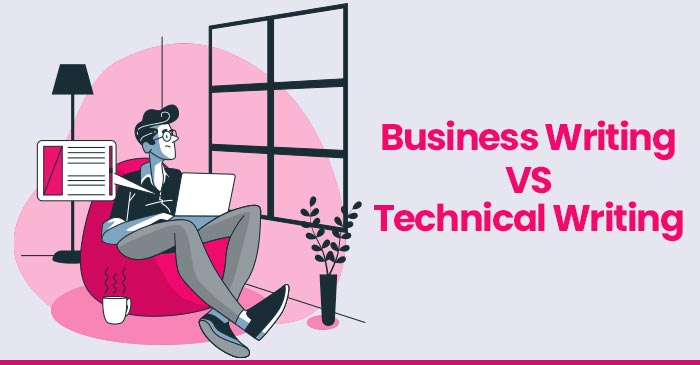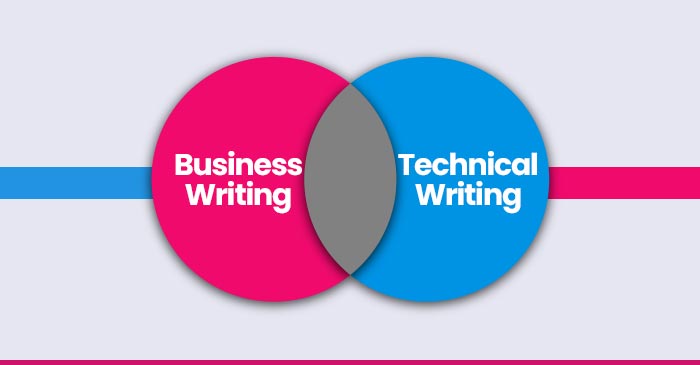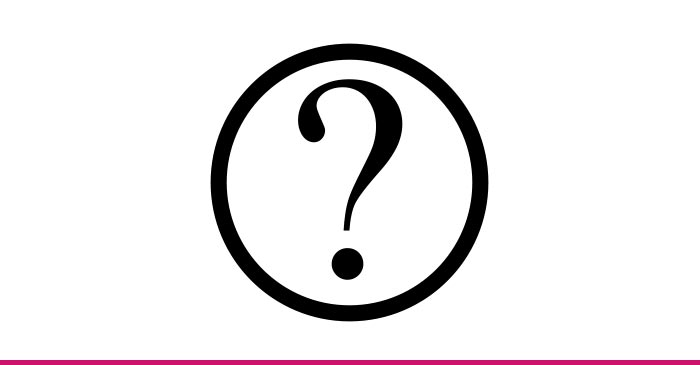In today’s highly competitive world, B2B content writing is essential for companies seeking to establish thought leadership in their niche, drive brand awareness, and have a positive impact on revenue metrics.
Creating B2B content can be a challenging task. If you don’t have any experience in the field, you may want to consider hiring an agency to do the work for you. A good agency will provide you with experienced writers who specialize in B2B content writing. They’ll help you create the right content for your business needs. And, you’ll have more time to spend on other business areas.
While writing content for a B2B audience isn’t easy, it can be a lucrative strategy for a company. This article will explain what differentiates B2B and B2C writing, as well as discuss how the two kinds of audiences can benefit from each other. For example, a B2B company will deal with other businesses, while a B2C company will deal with direct consumers.
What is B2B Content Writing?
When you’re writing for a B2B audience, you need to consider the needs and goals of your target market. If you’re writing for a business audience, you’ll want to focus on their pain points and make sure your content addresses these needs. You’ll also want your content to be interesting, actionable, and valuable. Creating content for a business audience will require different skills from creating content for a consumer audience.
If you’re looking for a writing job that allows you to explore different fields, B2B content writing might be perfect for you. You’ll learn more about the different aspects of business and how they differ from consumer content. B2B writers need to learn a lot about new products, and they can write for a variety of industries and types of businesses. For example, if you’re writing for a regulated medical waste disposal company, you’ll learn about the importance of having the right information. You’ll learn the difference between delivering facts and soft-sell information.
Read more: Healthcare Content Writing Helps Build Brand Credibility
Whether you’re looking for content for a website, blog, or marketing campaign, you’ll need to understand the nuances of B2B content writing. B2B copywriters know that a good piece of copy is only as long as you need it to be. That’s why it’s important to specify the word count when asking for samples. Otherwise, the copy won’t work on your website. If you don’t know how to write for a B2B audience, consider hiring someone who can help you.
What Makes B2B Writing Different?
There are a few key differences between writing for a B2B audience and a consumer. B2B customers want to know how their offer will affect their business. This is why B2B writing requires a thorough knowledge of the subject matter. In addition to understanding the B2B buying journey, you should also understand how your audience will respond to your story. By following these tips, you will be on the road to success!
When writing for a business audience, you must be aware of the needs and emotions of your target audience. Business customers make decisions in teams and do not buy for themselves. The decision-making process is more rational. Therefore, your content must appeal to these people on an intellectual and logical level. B2B copywriters should know the psychology of business customers and make their content speak to their needs and preferences.
1. Experience
B2B writers who work for agencies will usually work on a variety of projects. Some agencies seek out writers who can handle many types of writing projects, while others specialize in specific types of B2B content writing. If you work for an agency, you may be assigned to all projects within the agency. However, if you choose to work for a single client, you will likely be assigned to one account for a specific type of B2B content writing.
2. Target Audience
While audiences are important in any type of writing, B2B writers tend to focus on the audience and its goals. As a result, they are highly stylistic and rely heavily on the author’s ability, knowledge, and savviness to develop targeted content. B2B writers also need to understand the technical and logical aspects of B2B purchasing decisions. For example, a B2B writer who mimics a consumer buying process may be better able to attract attention and connect with the audience.
Differences between Most B2C and B2B Audiences
There are many differences between marketing to most B2C and B2B audiences. While both aim to provide an authentic customer experience, individual consumers differ in their buying behaviours, attitudes, and needs. In addition, B2B buyers typically require more personalized service and involve multiple internal stakeholders. Knowing this information before launching a marketing campaign can help ensure a successful product launch. However, understanding B2C audiences is only half of the battle won.
The main differences between B2B and B2C audiences revolve around language. The language used to communicate with B2B audiences tends to be more formal than that of B2C audiences. While B2C audiences often value relationships and feel more comfortable with sales pitches that focus on emotion, B2B customers are more motivated by rationality and financial incentives. As such, B2B clients expect personal, tailored service and educational content.
Read more: E-Commerce Content Writing to Scale Your Online Business
While many companies focus on a specific demographic of consumers, some also target business owners. For example, a recruitment software service may target HR departments; an interior design agency might target office spaces; an online music platform might appeal to music fans; and so on. Obviously, there are many other differences between B2B and B2C audiences. But if you’re targeting both, consider how your message can be tailored to each audience.
Marketing to B2B audiences is important and it’s vital to understand what your customers need. In general, B2C audiences are more likely to respond to marketing content that feeds on emotion than B2B customers. In addition, B2B audiences are likely to be more interested in products that help them achieve a specific goal. However, conversion times vary between businesses and consumers. For instance, your overall sales cycle may be much shorter for a B2B audience.
What B2B and B2C Writers Can Learn from Each Other
The main differences between B2C and B2B writing are the audience and the type of content. B2C writers should keep this in mind when writing about a product or service, as a B2B client will likely be a business representative looking for a solution.
A B2C client, on the other hand, may simply be looking for a solution to a personal problem, such as reducing stress or moving to a new home in another state. Contrast this with the role of a CFO, who might be looking for a solution to show his abilities as an executive. Regardless of the audience, the content writer must be able to appeal to both their needs and desires.
When writing for a B2C audience, you need to make sure you’re being honest and genuine. Clients want to know that a business has their best interest at heart, so the copy you produce should always reflect that perspective. Similarly, a B2B client might require more in-depth information. This is a good thing, because B2B clients may need more information about a specific product or service to make informed decisions.
While B2B copywriting may be more complex than B2C copywriting, it doesn’t have to be dry or boring. Research shows that 64% of people consider customer experience more important than price. In other words, they buy from businesses that they like and aren’t afraid to tell them that. So, B2C writers can learn a lot from B2B copywriters and vice versa.
A B2C writer can use case studies to highlight a company’s expertise, while a B2B writer should focus on information that will educate and provide value to the reader. For B2B content, white papers are an excellent way to provide useful information. White papers are typically long and technical, often including in-depth information and research findings for a specific problem. It’s important to use case studies and other examples to support your point of view.
What is B2B Professional Writing?
The first step in getting started as a B2B writer is to choose your niche. This will help you to begin by narrowing down your area of expertise and building your skill set. Once you’ve chosen your niche, you can then start drafting your B2B professional writing content. Be sure to choose your niche wisely, though, as you’ll be expected to have a thorough understanding of it. Choosing a niche is not always easy, so you’ll need to consider your skills in the field.
While B2C writing is more engaging and effective, B2B writing has its own unique set of challenges. It involves understanding the mechanics of purchasing decisions and making sure you’re presenting a business-oriented story. Aside from understanding the logical and emotional differences between B2C and C2C content, your writing must also take into account the differences between these two forms. If you can get your audience to relate to the story you tell, you’ll be more likely to earn their trust and business.
Conclusion
For companies with a diverse range of products and services, B2B content writing can offer a wealth of benefits. The process is structured around several tiers of content, each of which corresponds to a different part of the sales funnel.
B2B writing involves creating marketing materials that help your target audience reach their business goals. Creating content that is suitable for B2B audiences requires expertise and thought. The tone of voice and approach must be appropriate for the target audience. When creating content for a B2B audience, it is essential to consider their needs and wants.
If you’re a business owner looking to improve your bottom line, this is an excellent time to engage in B2B content writing. We understand your business needs and will get those results for your business. For high-quality, affordable, and optimized content, talk to our experts today.






























